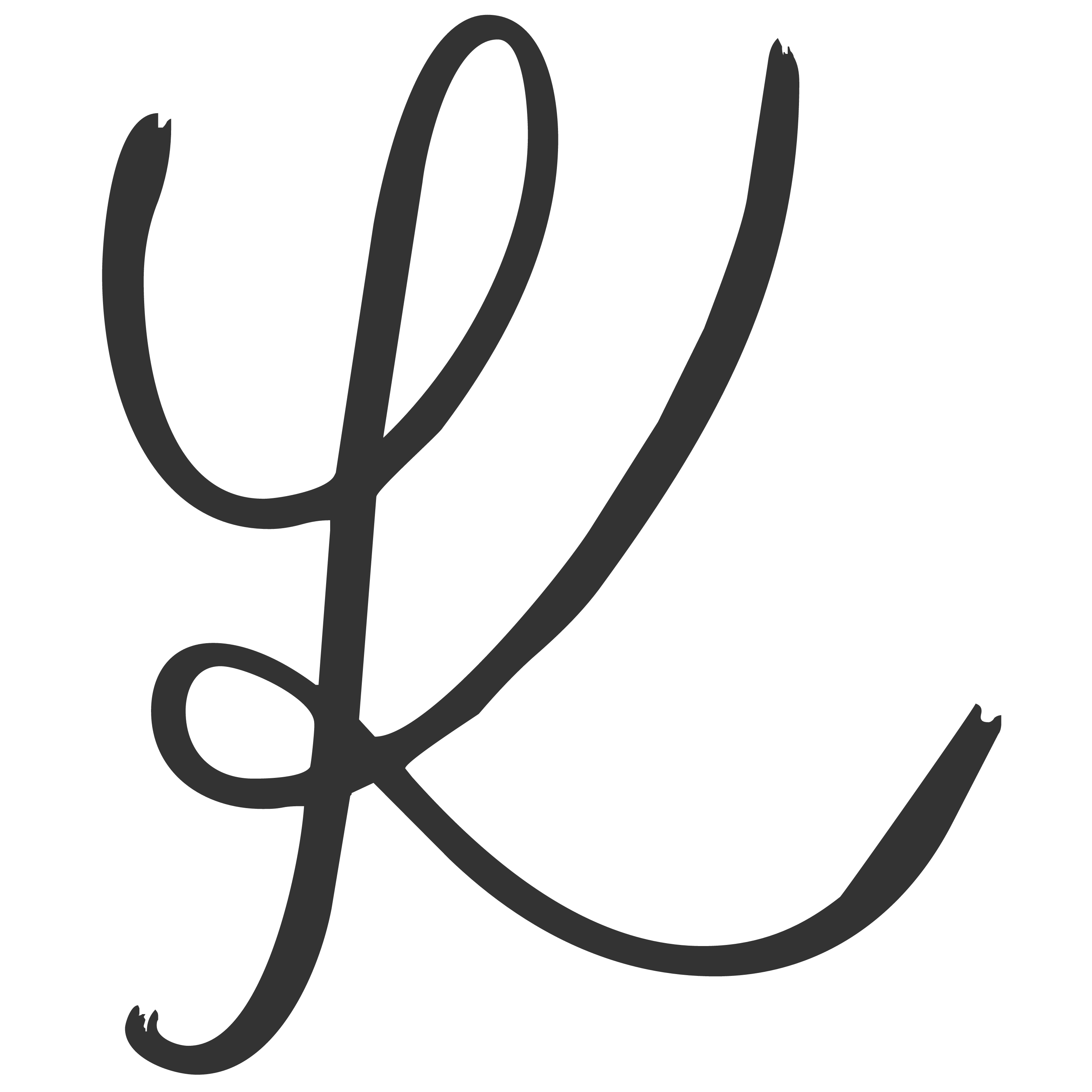Handmade Bauhaus Chess Game
"Form follows function" - the basic theory of Bauhaus design was aptly illustrated by Josef Hartwig in 1923 with his design of a chess game. So aptly that more than a hundred years later, the game still appears contemporary, or better: timeless. And continues to be manufactured according to the original plans.
Hartwig, who had been working at the State Bauhaus in Weimar since 1921, said goodbye to depicted towers, horses or royal crowns. Instead, he designed the chess pieces according to their values and functions. The rooks, which move at right angles to the edges of the playing field, get the right-angled cube shape. As well as the pawns, who are weaker and therefore smaller. The knight moves in right-angled hook, accordingly, there is one on the figure. The bishops cross the playing field diagonally and are cut diagonally from a cube. The king may go both straight and diagonally and therefore consists of two cubes offset by 45 degrees. The queen, who moves with the greatest freedom, gets the combination of cube and sphere. In this way, the game already carries the instructions in itself.
The combination with the already simple and functional checkerboard pattern results in an absolutely coherent overall picture, whose inner logic is being recognized aesthetically.
The manufacturer of this game is the family-run traditional Swiss company Naef, which has been implementing Bauhaus designs since the 1970s and cooperates with the Bauhaus Museum in Berlin. The design language of minimalism and funtionality runs through the entire Naef assortment. Naef stands for top-class toys made of wood fascinating both children and adults.
The chess game is being produced on behalf of Naef in a South German craft business. The manufacturing is precise and uncompromising craftsmanship in impeccable quality. The chess pieces are made of varnished maple wood, delivered in a beautiful wooden box. The chessboard is an inlay work made of maple veneer applied to an MDF board.
By request we can deliver just the chess board or just the chessmen.
Hartwig, who had been working at the State Bauhaus in Weimar since 1921, said goodbye to depicted towers, horses or royal crowns. Instead, he designed the chess pieces according to their values and functions. The rooks, which move at right angles to the edges of the playing field, get the right-angled cube shape. As well as the pawns, who are weaker and therefore smaller. The knight moves in right-angled hook, accordingly, there is one on the figure. The bishops cross the playing field diagonally and are cut diagonally from a cube. The king may go both straight and diagonally and therefore consists of two cubes offset by 45 degrees. The queen, who moves with the greatest freedom, gets the combination of cube and sphere. In this way, the game already carries the instructions in itself.
The combination with the already simple and functional checkerboard pattern results in an absolutely coherent overall picture, whose inner logic is being recognized aesthetically.
The manufacturer of this game is the family-run traditional Swiss company Naef, which has been implementing Bauhaus designs since the 1970s and cooperates with the Bauhaus Museum in Berlin. The design language of minimalism and funtionality runs through the entire Naef assortment. Naef stands for top-class toys made of wood fascinating both children and adults.
The chess game is being produced on behalf of Naef in a South German craft business. The manufacturing is precise and uncompromising craftsmanship in impeccable quality. The chess pieces are made of varnished maple wood, delivered in a beautiful wooden box. The chessboard is an inlay work made of maple veneer applied to an MDF board.
By request we can deliver just the chess board or just the chessmen.
Material: wood
manufactured in Germany
Chess board: 360 x 360 x 120 mm
Each space: 45 x 45 mm
Pawn: 19 x 19 x 19 mm
King: 46 x 27 x 27 mm
Chessmen box: 45 x 75 x 440 mm
manufactured in Germany
Chess board: 360 x 360 x 120 mm
Each space: 45 x 45 mm
Pawn: 19 x 19 x 19 mm
King: 46 x 27 x 27 mm
Chessmen box: 45 x 75 x 440 mm












